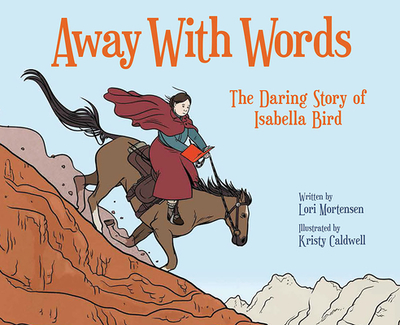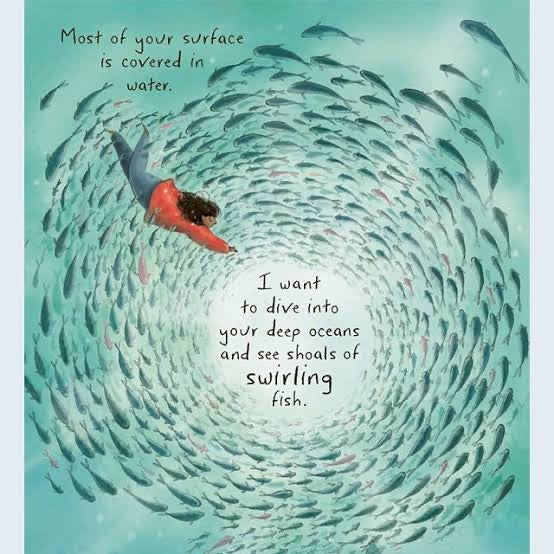


Mermaid Academy: Isla and Bubble / The Magic Faraway Tree: A New Adventure.It’s one to add to classroom libraries and family book collections. With Jonathan Woodward’s visually appealing graphics and Moira Butterfield’s succinct paragraphs, this book like Blue Planet offers a good, highly readable introduction to a vital aspect of our planet. The final pages look at forests as sources of materials for human homes as well as some of the uses of wood and a brief mention of sustainability. These places are home to deer, mice, squirrels, foxes, woodpeckers and hunters such as pine martens and owls. Third are the temperate forests where the trees lose their leaves in autumn and grow new ones in the spring. We then move to the hot steamy rainforests and in particular, Amazonia with its wealth of incredible fauna both large and small. Much of the rest of the book then focuses on the kinds of forests starting with boreal forests with their moose, eagles, cats, wolves, hares, minibeasts and of course, bears.

Having shown on a world map the forested areas and explained briefly the different kinds of forests, (did you know that forests are home to more than 50 % of the world’s plants and animals?) the book goes on to explain the anatomy of trees and to discuss their importance.ĭouble-page spreads discuss Extreme Trees – the widest, tallest, oldest, fastest growing and smallest how trees obtain nutrition from their leaves as well as how they provide food and hiding places for certain animals. This is a companion volume to Blue Planet and is subtitled ‘Life in our Woods and Forests’. The text is written in a chatty, highly readable manner and is accompanied by stylised, simplified yet totally recognisable images of the avians featured.

There’s a spread about birds that live near water one about the ostrich – the world’s largest bird and another about the bee hummingbird, the smallest bird in the world. We learn why migration happens and read something about the process with reference to specific birds as well as discovering that not all birds including kiwis, kakapos and penguins are unable to fly. We discover some intricately built nests įind out why birds sing, what they eat and how they obtain their food. Through a text narrated for the most part by an eponymous bird and illustrated throughout in a vibrant colour palette, readers share in the world of birds, large and small from various parts of the globe. Here are two recent books about the natural world from the Little Tiger Group


 0 kommentar(er)
0 kommentar(er)
